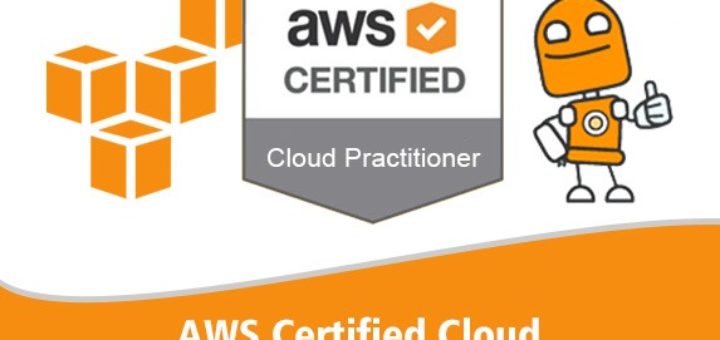Question #41
What are characteristics of Amazon S3? (Choose two.)
- A. Objects are directly accessible via a URL
- B. S3 should be used to host a relational database
- C. S3 allows you to store objects or virtually unlimited size
- D. S3 allows you to store virtually unlimited amounts of data
- E. S3 offers Provisioned IOPS
Correct Answer: AD
The total volume of data and the number of objects you can store are unlimited. Individual Amazon S3 objects can range in size from a minimum of 0 bytes to a maximum of 5 terabytes. The largest object that can be uploaded in a single PUT is 5 gigabytes. For objects larger than 100 megabytes, customers should consider using the
Multipart Upload capability.
https://aws.amazon.com/s3/faqs/
Question #42
You receive a frantic call from a new DBA who accidentally dropped a table containing all your customers.
Which Amazon RDS feature will allow you to reliably restore your database to within 5 minutes of when the mistake was made?
- A. Multi-AZ RDS
- B. RDS snapshots
- C. RDS read replicas
- D. RDS automated backup
Correct Answer: D
https://aws.amazon.com/rds/details/#ha
https://docs.aws.amazon.com/AmazonRDS/latest/UserGuide/USER_PIT.html
Question #43
A media company produces new video files on-premises every day with a total size of around 100 GBS after compression All files have a size of 1 -2 GB and need to be uploaded to Amazon S3 every night in a fixed time window between 3am and 5am Current upload takes almost 3 hours, although less than half of the available bandwidth is used.
What step(s) would ensure that the file uploads are able to complete in the allotted time window?
- A. Increase your network bandwidth to provide faster throughput to S3
- B. Upload the files in parallel to S3
- C. Pack all files into a single archive, upload it to S3, then extract the files in AWS
- D. Use AWS Import/Export to transfer the video files
Correct Answer: B
https://aws.amazon.com/blogs/aws/amazon-s3-multipart-upload/
Question #44
You are running a web-application on AWS consisting of the following components an Elastic Load Balancer
(ELB) an Auto-Scaling Group of EC2 instances running Linux/PHP/Apache, and Relational Database Service
(RDS) MySQL.
Which security measures fall into AWS’s responsibility?
- A. Protect the EC2 instances against unsolicited access by enforcing the principle of least-privilege access
- B. Protect against IP spoofing or packet sniffing
- C. Assure all communication between EC2 instances and ELB is encrypted
- D. Install latest security patches on ELB. RDS and EC2 instances
Correct Answer: B
https://d0.awsstatic.com/whitepapers/aws-security-whitepaper.pdf
Question #45
You use S3 to store critical data for your company Several users within your group currently have lull permissions to your S3 buckets You need to come up with a solution mat does not impact your users and also protect against the accidental deletion of objects.
Which two options will address this issue? (Choose two.)
- A. Enable versioning on your S3 Buckets
- B. Configure your S3 Buckets with MFA delete
- C. Create a Bucket policy and only allow read only permissions to all users at the bucket level
- D. Enable object life cycle policies and configure the data older than 3 months to be archived in Glacier
Correct Answer: AB
Versioning allows easy recovery of previous file version.
MFA delete requires additional MFA authentication to delete files.
Wont impact the users current access.
http://docs.aws.amazon.com/AmazonS3/latest/dev/Versioning.html http://docs.aws.amazon.com/AmazonS3/latest/dev/UsingMFADelete.html


